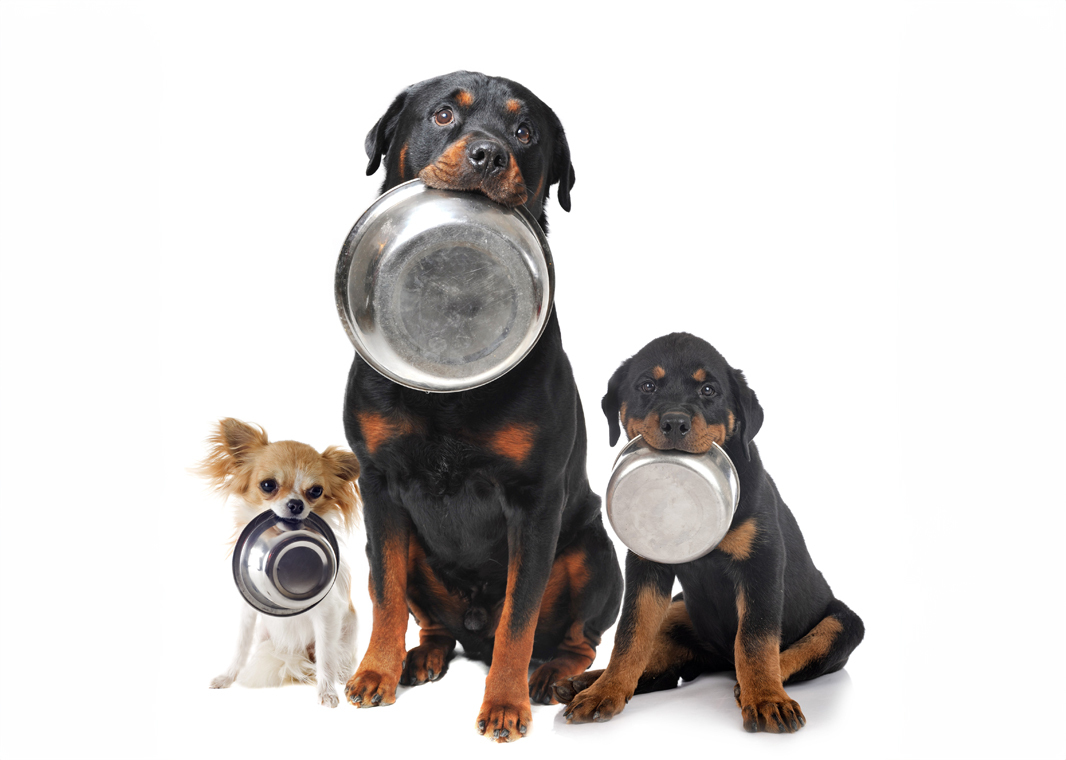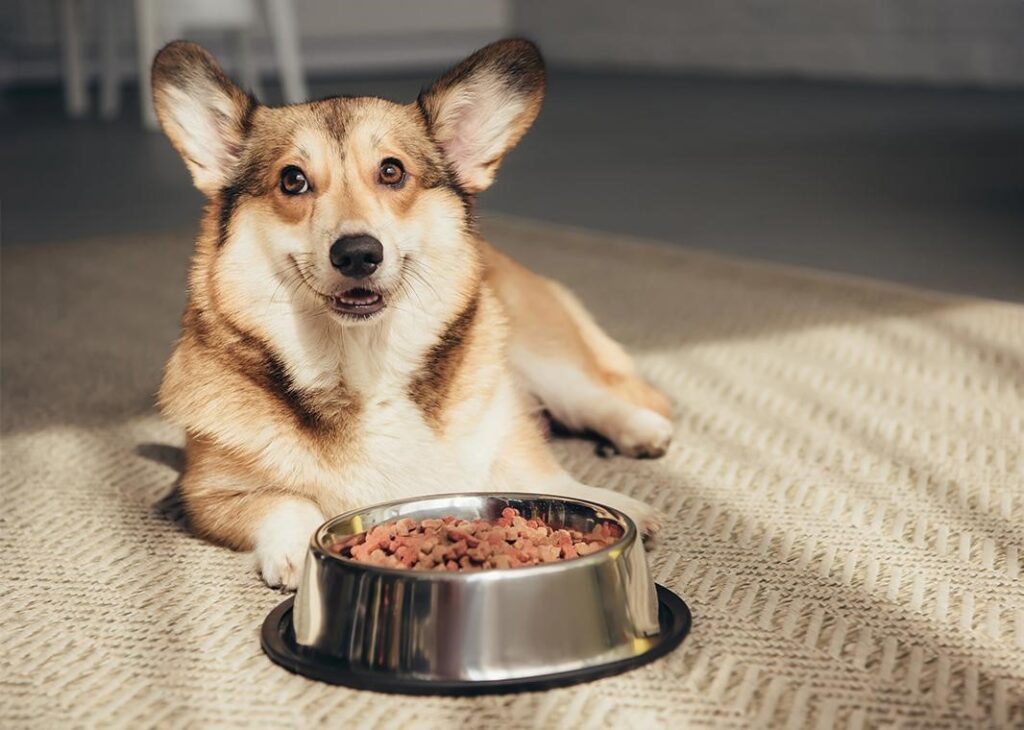When you welcome a puppy to your family, it’s important to take the time to be informed about their nutritional needs. Joy and excitement are the feelings that prevail about this new arrival, but along with the toys and cuddles comes the responsibility of caring for the pet. Nutrition, as the most important factor for our four-legged friend’s health and well-being, is an integral part of that.
In this guide, we will explore one of the most common questions dog owners ask: “How often should my dog eat?” We will analyze their nutritional needs at each age, the factors that shape them, and we will offer practical advice, including how to introduce them to a new food.
Why is balanced diet so important?
Food is the driving force that allows our dog to enjoy every moment of their life: playing, running, exploring and the precious companionship they offer us. A balanced diet, rich in all the necessary ingredients, is the key to:
● Health and longevity: Strengthens the defenses of the body, protects against diseases and contributes to a life full of quality
● Energy and vitality: Gives them the vitality and enthusiasm to participate in every activity
● Ideal weight: Prevents obesity, a condition that can cause serious health problems
● Strong bones and muscles: Essential for proper development, especially for puppies
● Beautiful fur and healthy skin: External signs of internal well-being
The basic nutrients
The diet of a dog must include the following group of nutrients in order for them to be happy and healthy:
● Proteins: The building blocks of the body, essential for growth, tissue reconstruction and energy production.
● Fats: Concentrated source of energy and essential for the absorption of fat-soluble vitamins.
● Carbohydrates: Main source of energy, especially during active hours.
● Vitamins and minerals: Micronutrients that support various body functions.
● Water: the source of life, essential for every cell and function
How often should my dog eat?
There isn’t one and only an answer to this question. The frequency of meals is relevant to the age of dog as well as to other important factors.
Frequency of meals by age
● Puppies (up to 6 months): as puppies grow rapidly, they have high energy needs, but small stomachs. So, they need small, frequent meals, usually 3-4 times a day. This helps the prevention of hypoglycemia and digestive disorders.
● Young dogs (6-12 months): As they grow, the frequency can be reduced to 2-3 times a day.
● Adult dogs (1-7 years): Most adult dogs feel better when they eat 2 meals a day, in the morning and in the evening. This ensures stable energy levels and good digestion.
● Senior dogs (over 7 years): Senior dogs’ needs are more individualized. Some dogs continue with 2 meals, while others need smaller, more frequent meals for better digestion or to address health problems.
Other factors that affect frequency
● Size and breed: Small breeds tend to have faster metabolisms and need more calories (almost twice as many!) per pound of body weight than larger breeds.
● Activity level: Dogs that are very active or work need more energy and they may benefit from more frequent meals.
● Health: Some health conditions, such as diabetes, require a specific meal schedule.
● Temperament: Each dog, like us humans, is unique and may have their own preferences and needs.
The importance of quality food
The quality of dog’s food is as important as the frequency is. Choose foods that offer all the essential nutrients in balanced proportions with regards to the age and the special needs of your dog. At Tanko, we emphasize on the quality of pet foods with the same care and devotion that we would show to a member of our family.
We use carefully selected ingredients and we follow strict production standards to make sure that our foods are not only delicious, but also support your dog’s health and well-being.
Practical advice for your dog’s diet
● Fixed schedule: Feed your dog at the same time every day. Consistency is important for a healthy digestive system.
● Clean bowl: Always use clean bowls for food and water.
● Fresh water: Your dog should have access to clean, fresh water all day long.
● Portions: Follow the directions on the food package, but adjust them according to their activity level and weight.
● Weight watching: weigh them regularly and adjust portions accordingly.
● Use treats wisely: Treats are a fun addition, but they should be given in moderation.
● Avoid human foods: Some foods that are safe for us are harmful or even toxic to dogs.
Change in food: a process with stages
The change in food should be completed gradually, so as not to upset the dog’s digestive system.
1. Days 1-3: Mix a small amount of the new food (25%) with the old food (75%).
2. Days 4-6: Increase the new food to 50% and reduce the old food to 50%.
3. Days 7-9: Increase the new food to 75% and reduce the old food to 25%.
4. Day 10 and beyond: Give only the new food.
Observe your dog for any changes in his bowel movements or other signs of discomfort.
Ask your vet
Your vet is the most suitable person to provide you with individualized advice about your dog’s nutrition based on the special needs of your own pet
The importance of proper nutrition for your dog.
Offering food is an action of love and care. By providing your dog with the proper nutrition and by following the right steps every day, you boost your pet’s health and you lead them in a life full of happiness and longevity. Because – let’s not forget – dogs are not just pets, they are members of our family. Let’s give them the best!








